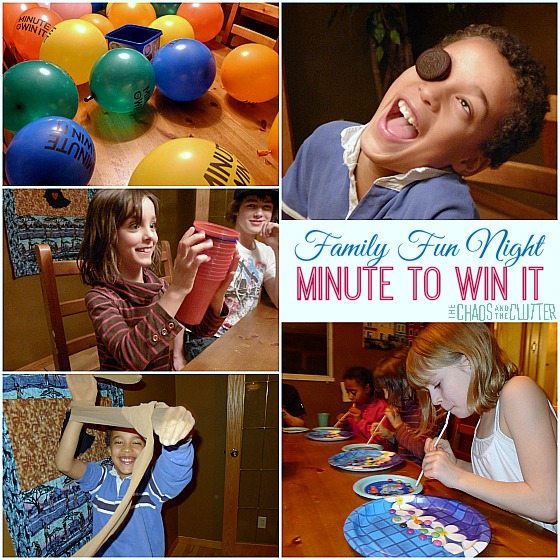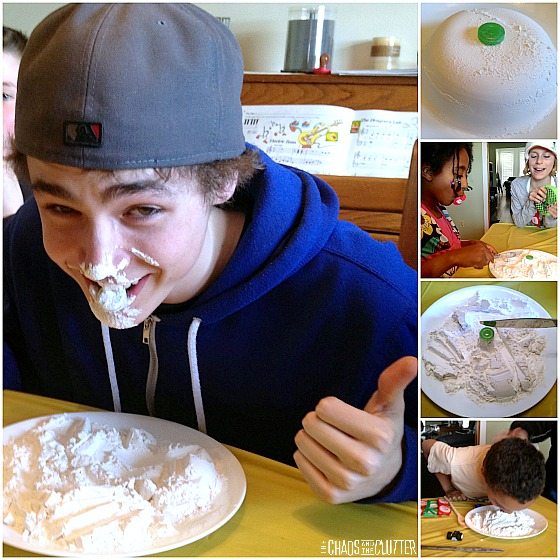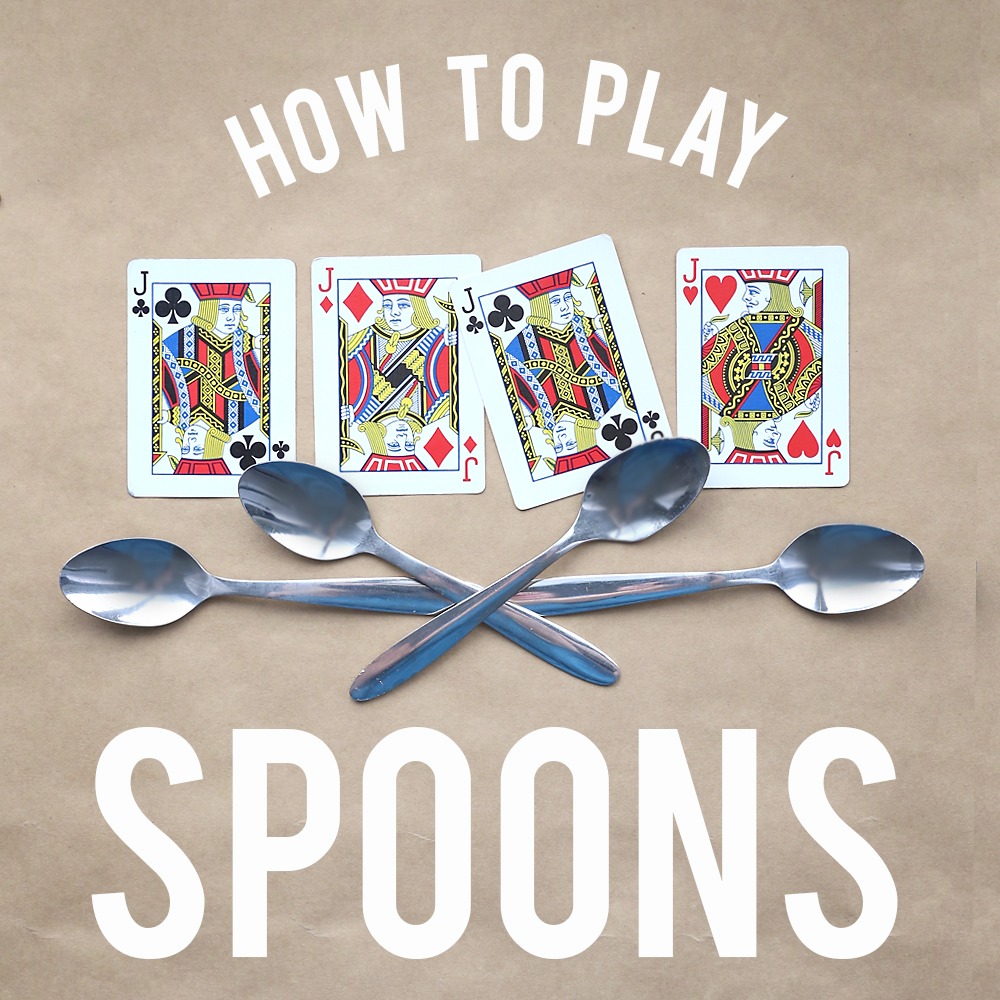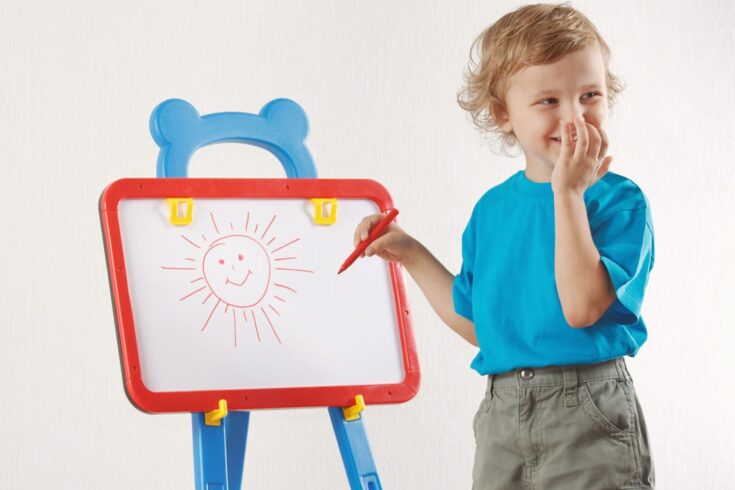These adorable snowman themed January emotions printables can be a great tool in helping kids identify and talk about their feelings.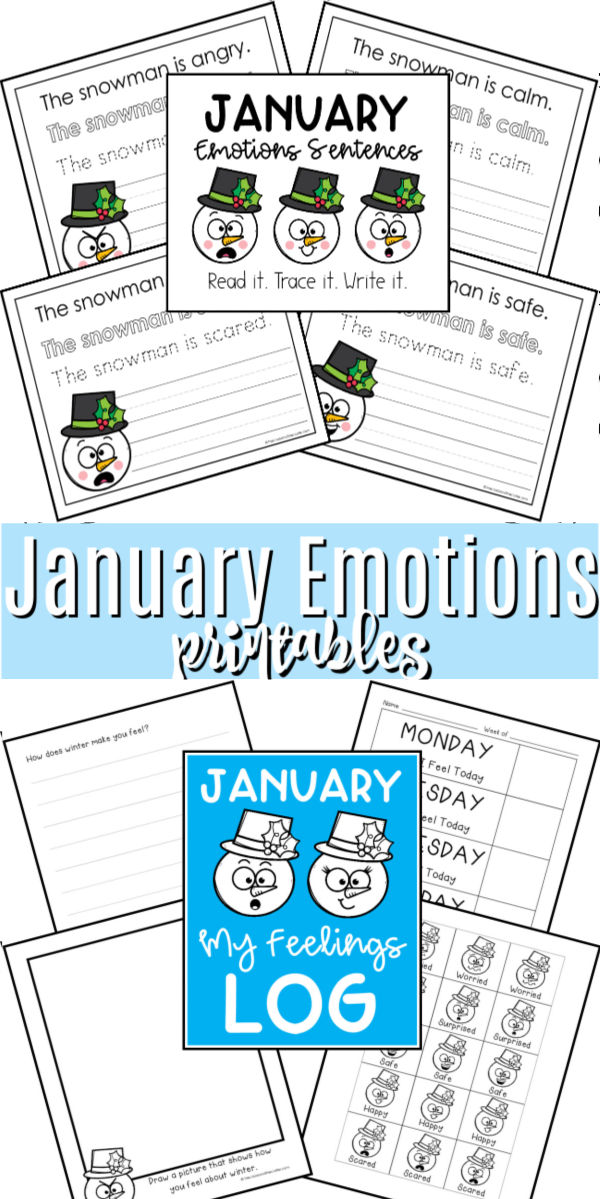
January Copywork Emotions Sentences:
Kids need to develop a solid understanding of emotions and to learn how to effectively express their own. These January emotions printing practise worksheets allow kids to practise their printing while also normalizing talking about emotions.
These copywork pages allow students to explore their feelings and discuss them with a trusted adult. 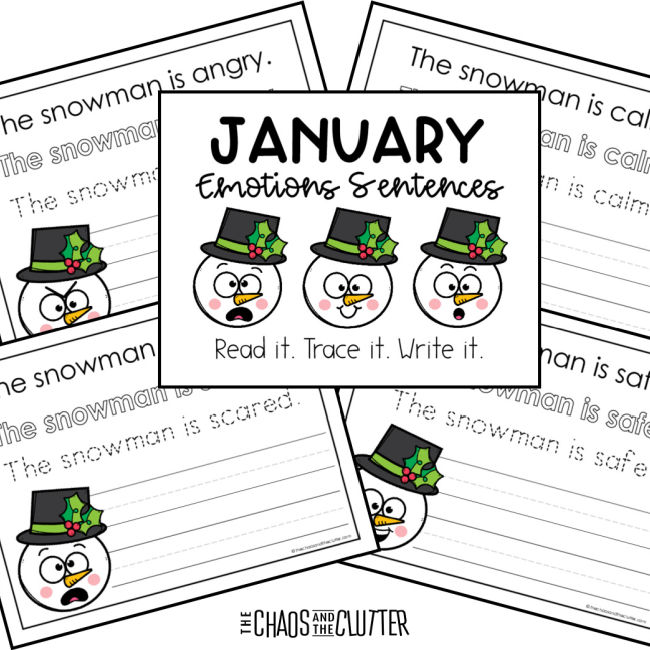
Supplies needed:
- January Emotions printables
- pencil or pen OR
- plastic sleeve AND dry erase marker
Download the printable pages. If you want them to be reusable, laminate the pages or slip them into a plastic page protector. Kids can then use a dry erase marker to complete their tracing and writing.
For one time use, give the student a pencil, crayons, coloured pencils, or markers and the printed papers. 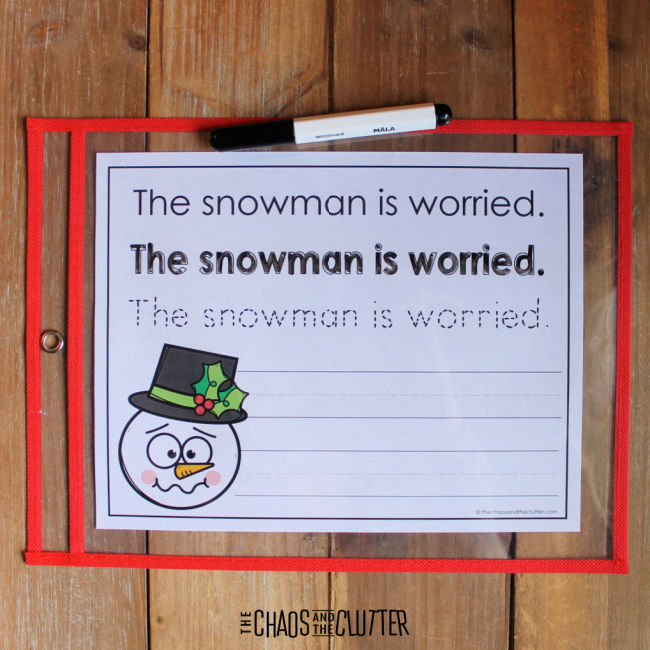
Instructions for the student:
- Read the sentence.
- Fill in the outline.
- Trace the dotted words.
- Write the sentence on the lines provided.
- Discuss the different emotions.
These worksheets can be the jumping off point for a discussion with the whole class or one-on-one talk about different emotions. They can be used by teachers, homeschoolers, parents, or therapists.
January Feelings Log:
Keeping a daily log of feelings helps kids to look at their emotions and track any patterns they see emerging when looking back through each week. This can provide a lot of insight.
Doing this quick daily exercise is an easy way to help kids to talk about their feelings and get to the root of why they might be feeling the way they are. Doing this at the same time each day can develop a positive habit.
It can be a precursor for kids to have a journalling habit in later years.
For some kids, it may be most helpful to do this in the morning to then be able to adjust activities or expectations based on how they are feeling or it may be best to do after supper or before bed to reflect on the day. 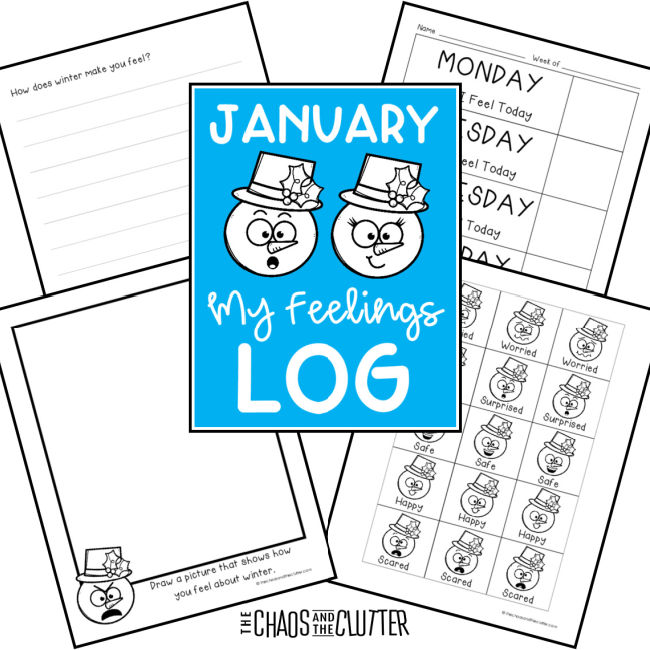
Teaching emotions is such a powerful tool. It arms children with a skill that will serve them well for the rest of their life.
I’ve created a special Feelings Log for January. It includes a writing prompt and drawing prompt about winter, and weekly tracking sheet of “Today I feel” along with adorable snowman faces to use to help them better express their emotions.
Supplies needed:
- printed Feelings Log pages (download here)
- scissors
- markers, pencil crayons, or crayons
- pencil or pen
Enter your email below to download the free January Emotions Printables. You can use this with your child at home or print it off to use with your students in the classroom.
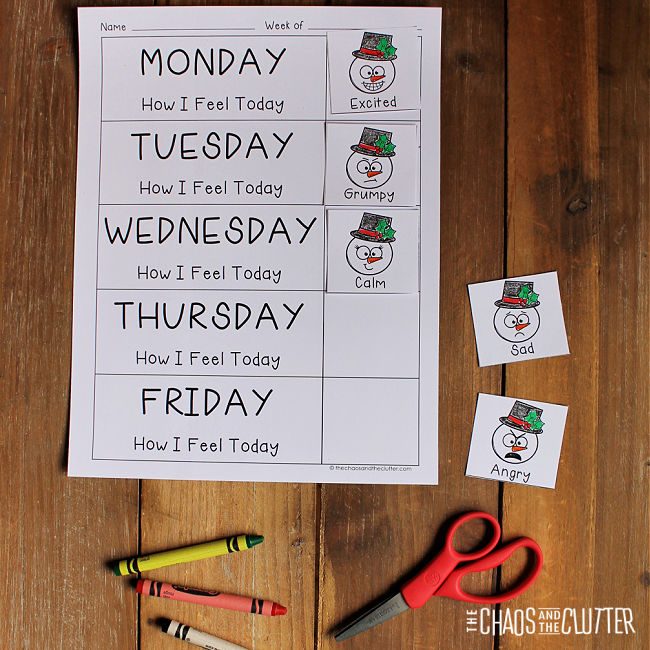
Our other monthly emotions printables:
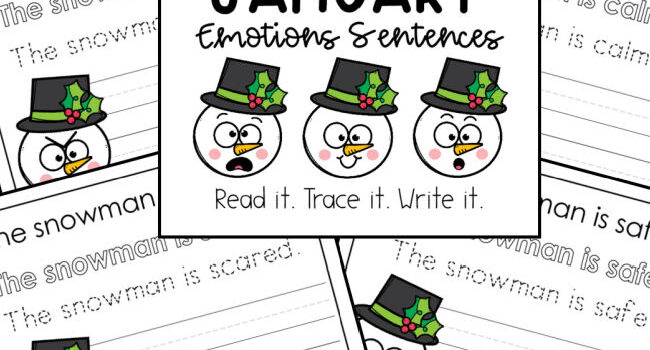
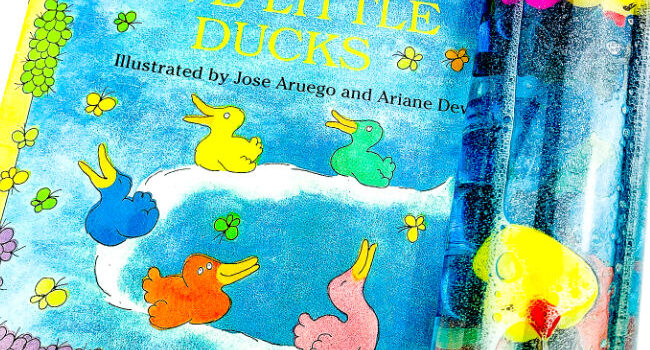
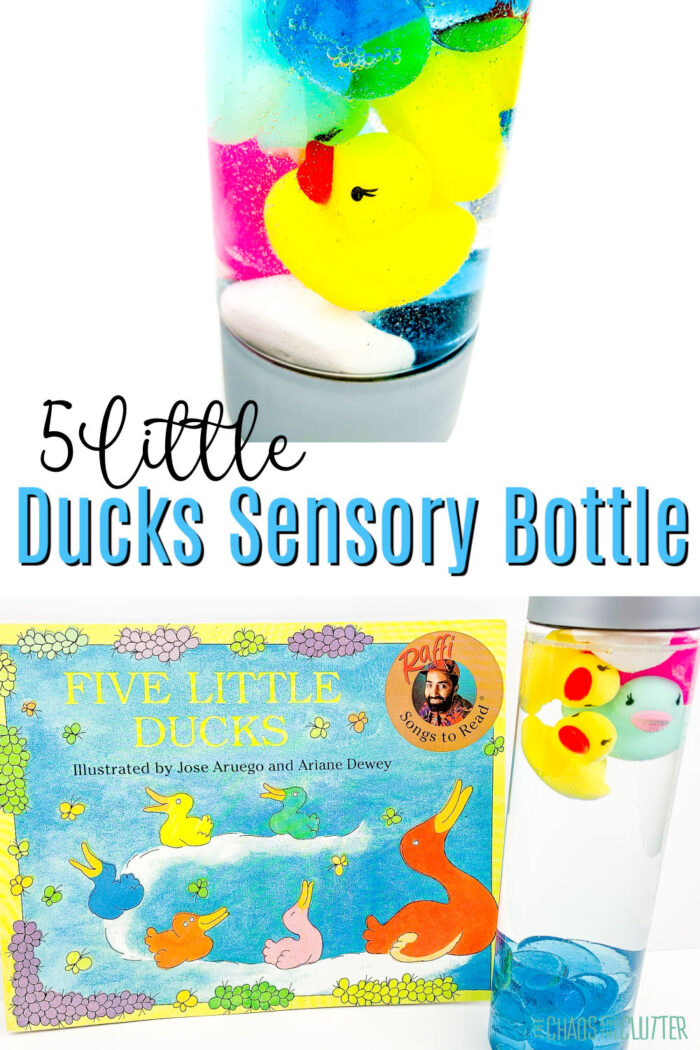
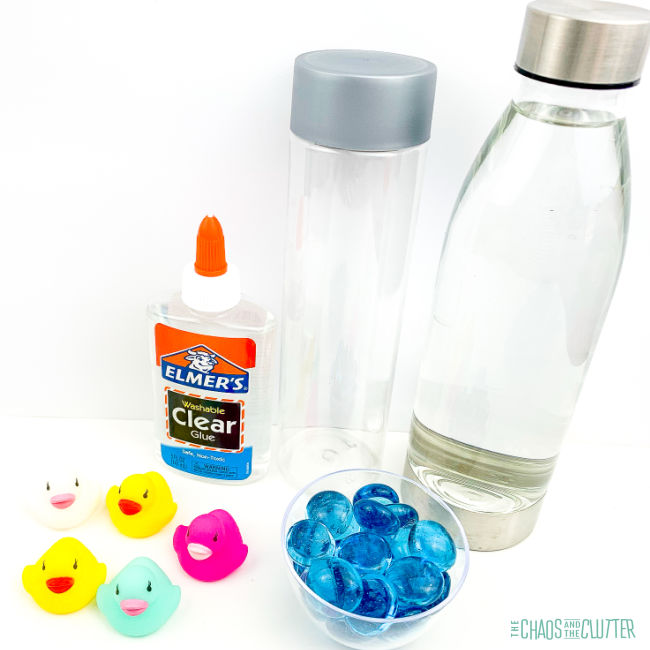
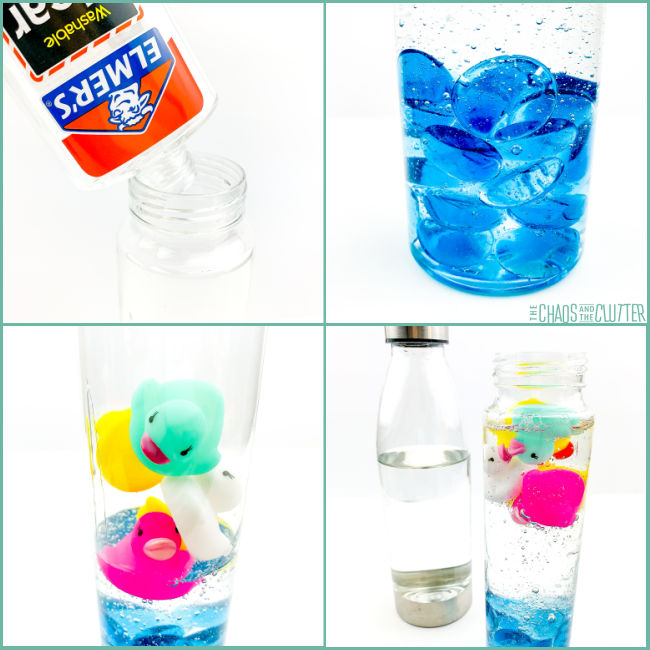
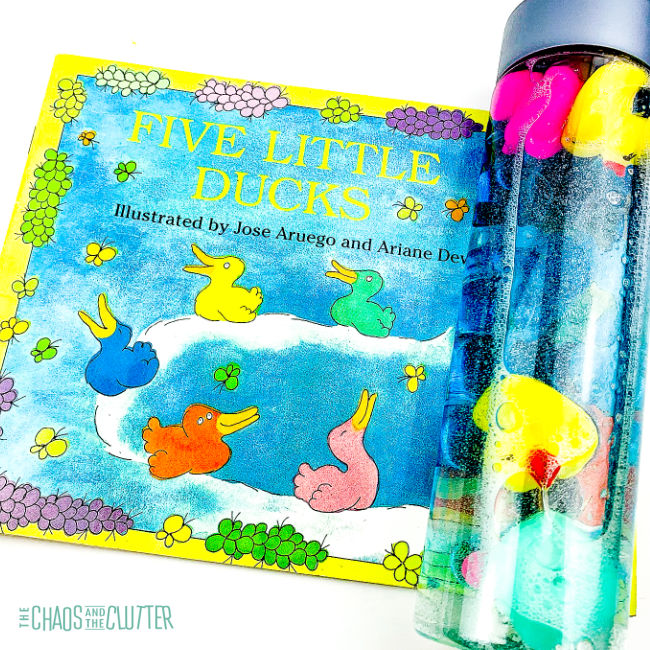
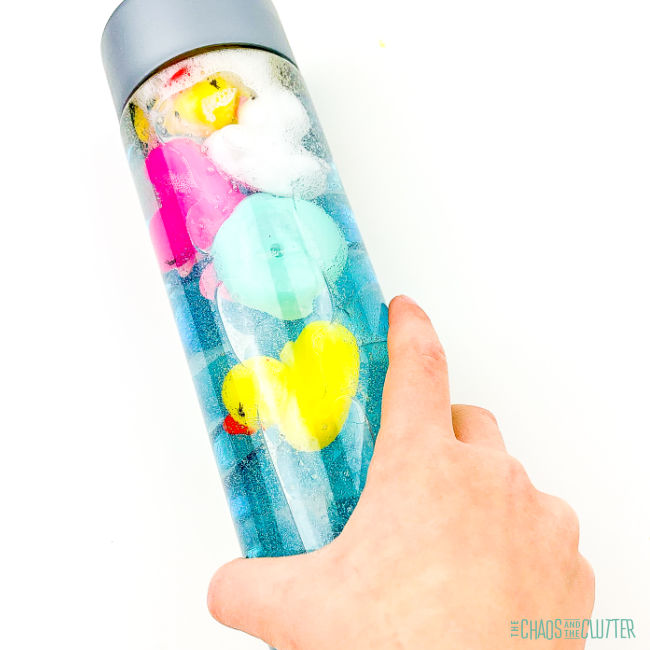


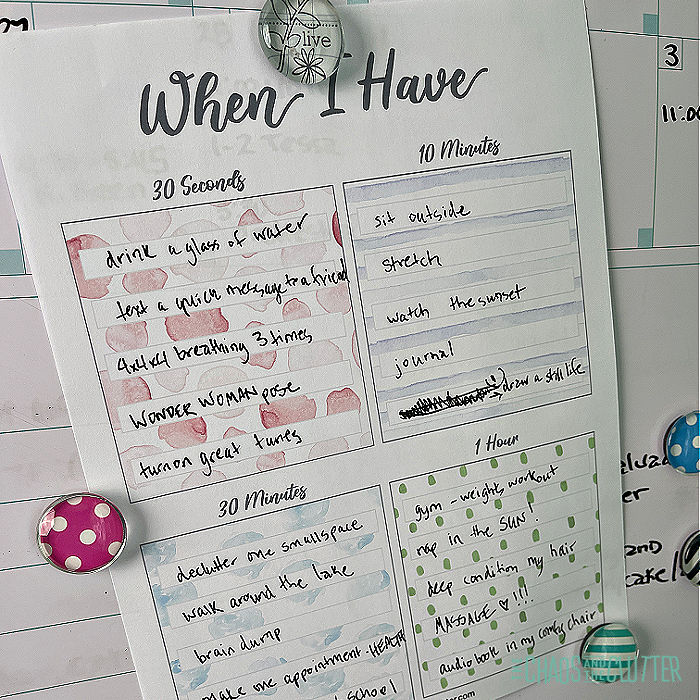
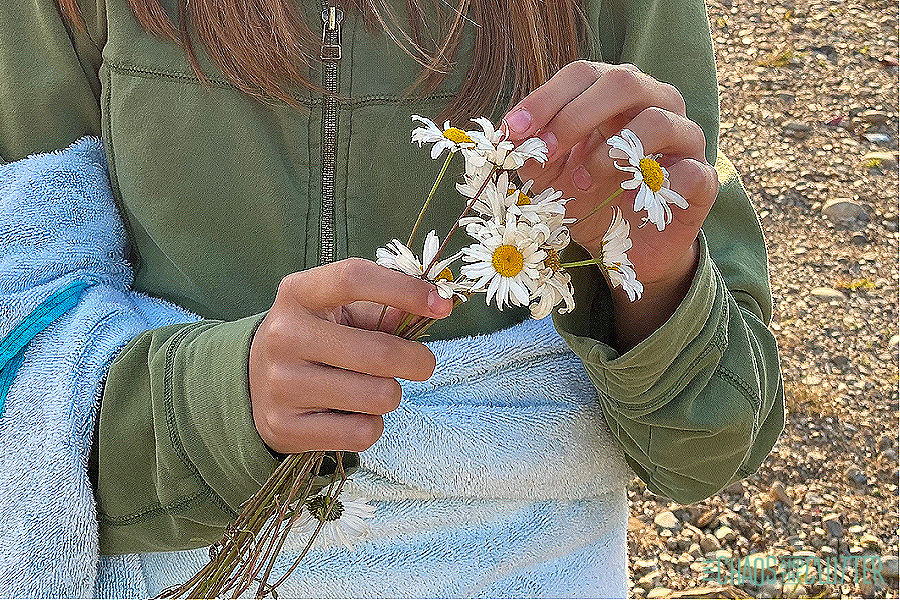
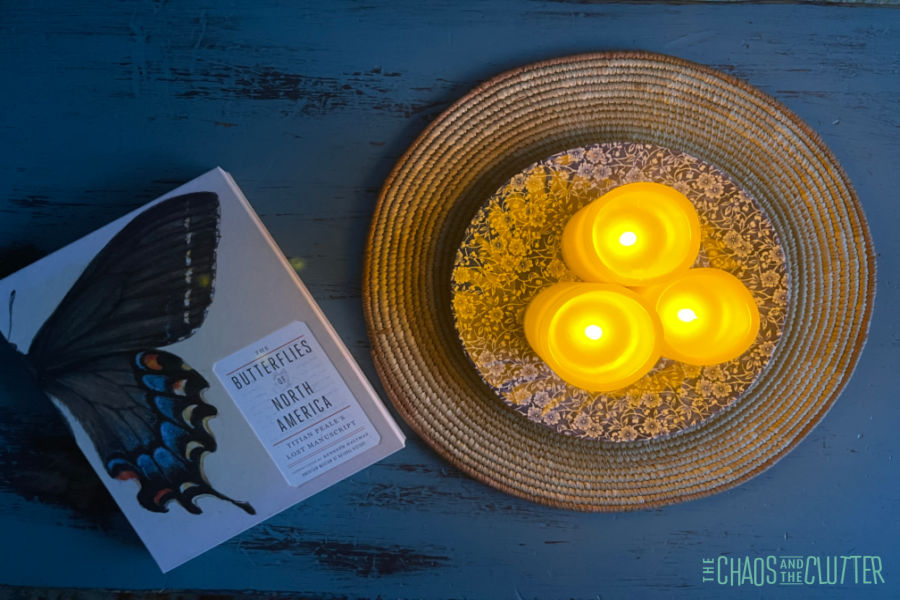
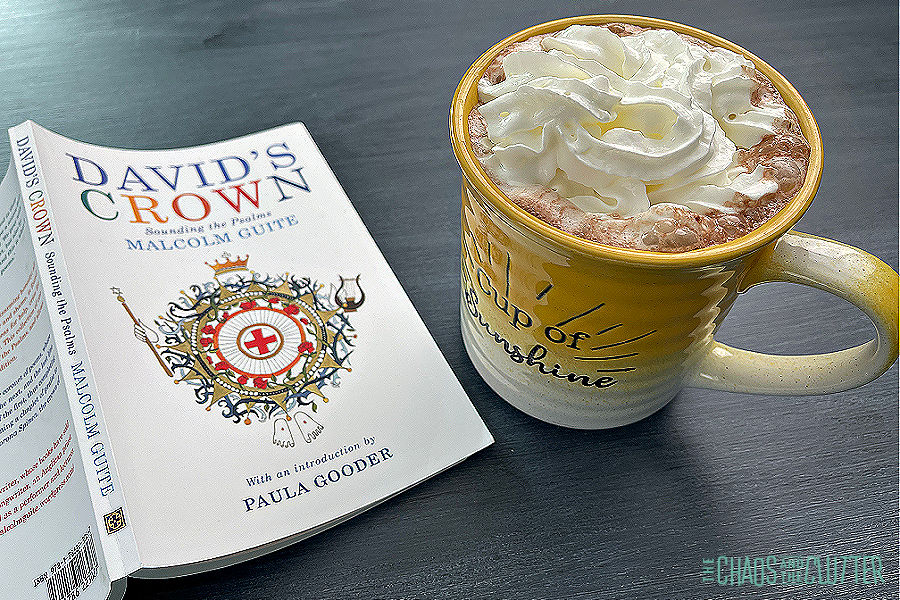
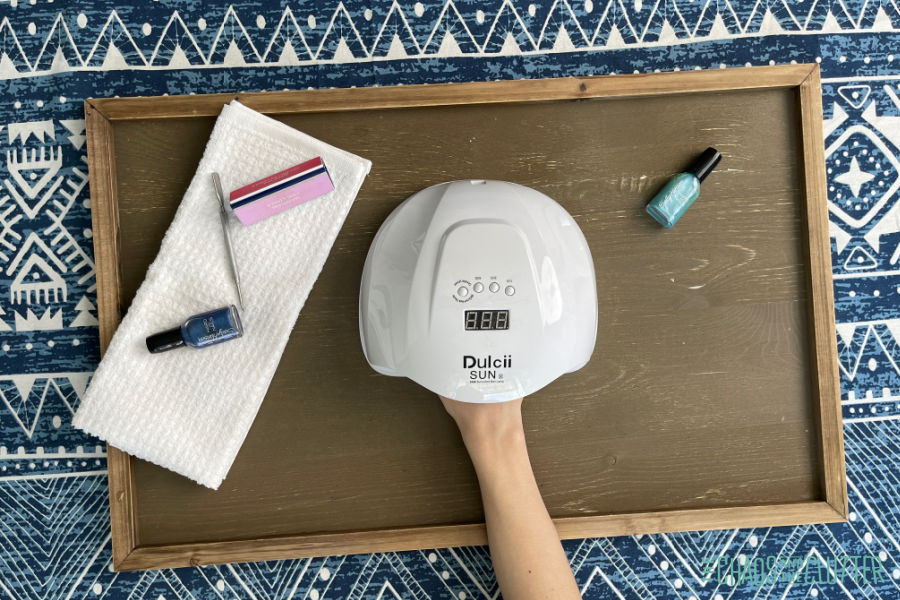
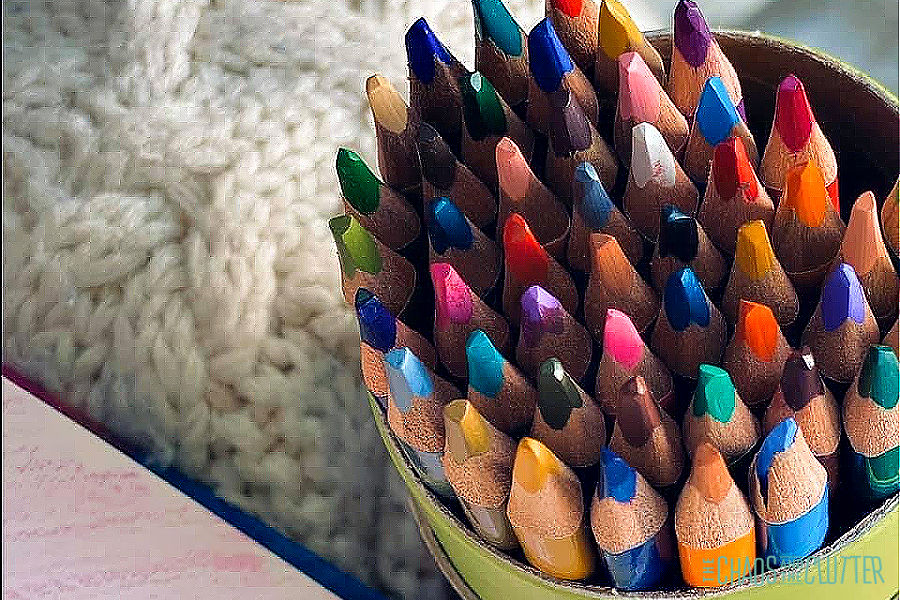
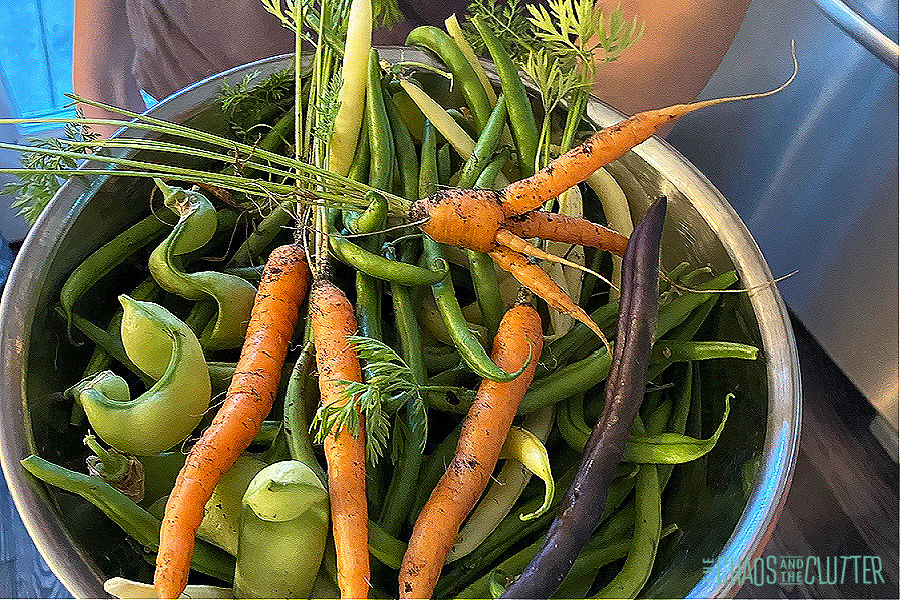
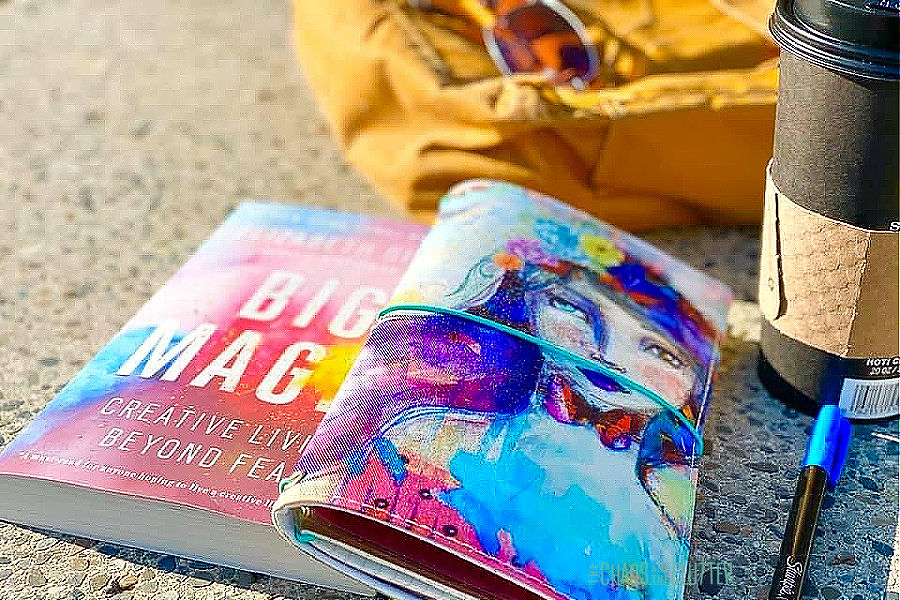
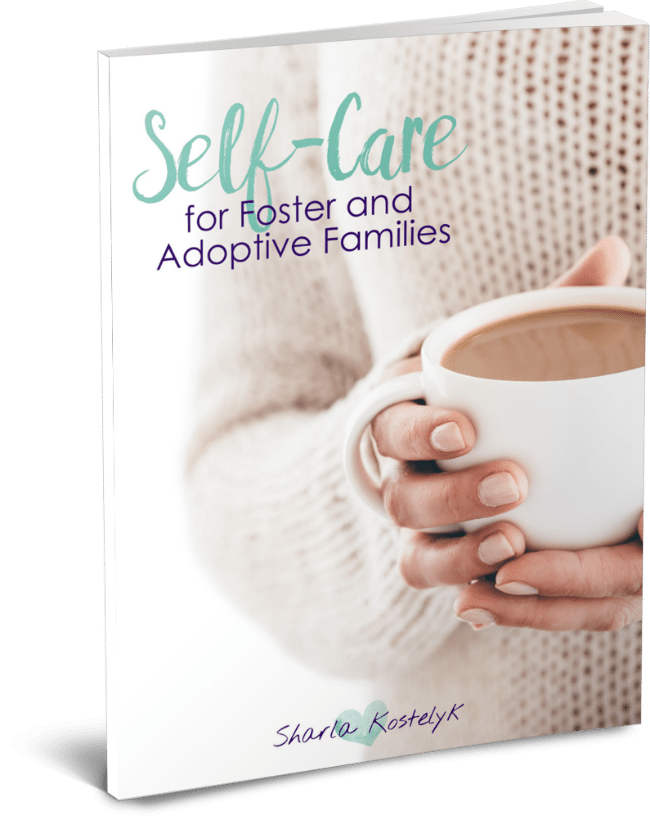
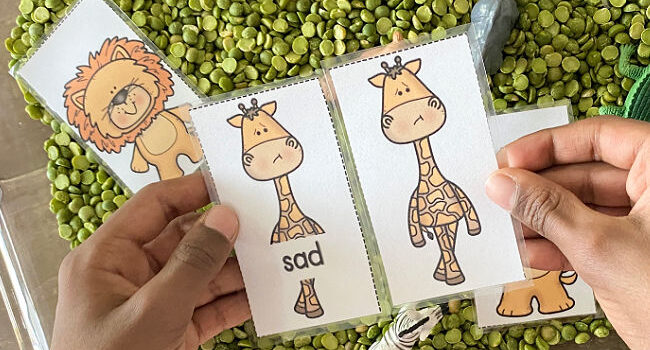
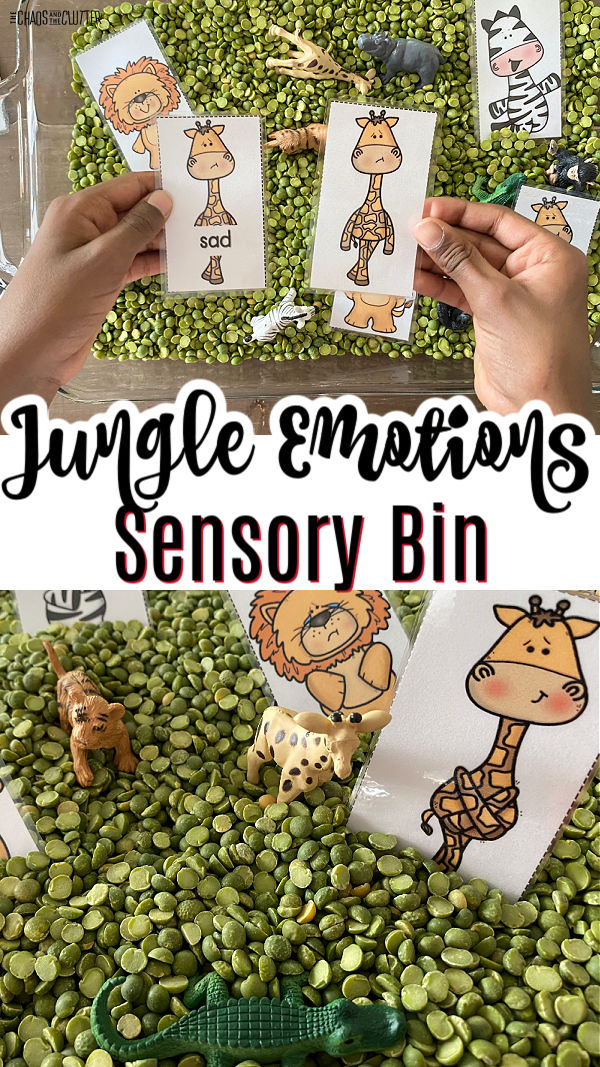 This activity is great for preschools, Kindergarten classrooms, or home. You can easily adapt the questions you ask for older and younger kids. Learning opportunities:
This activity is great for preschools, Kindergarten classrooms, or home. You can easily adapt the questions you ask for older and younger kids. Learning opportunities: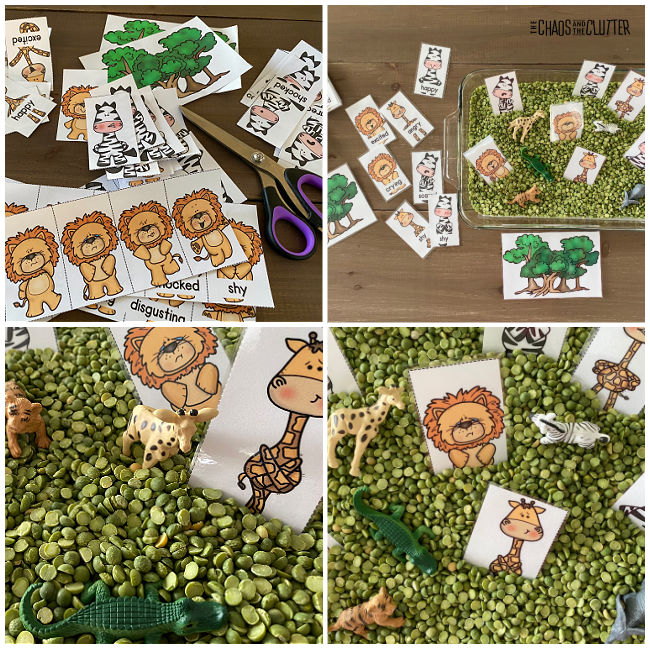
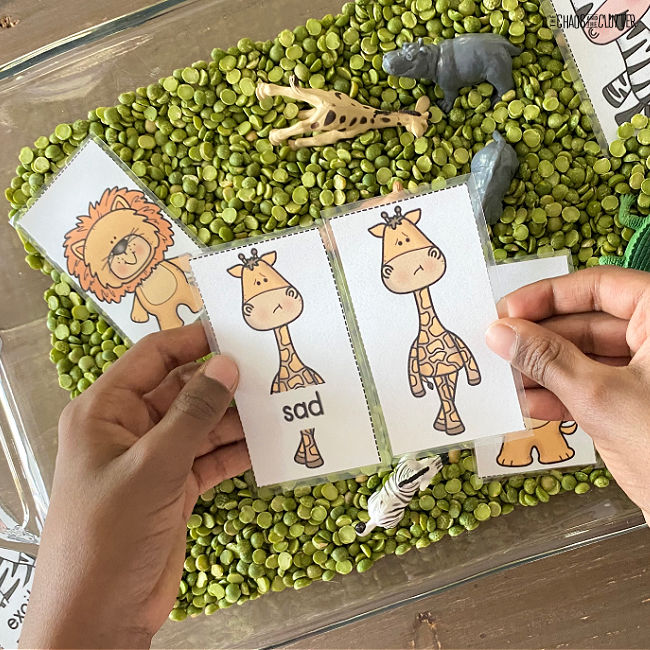

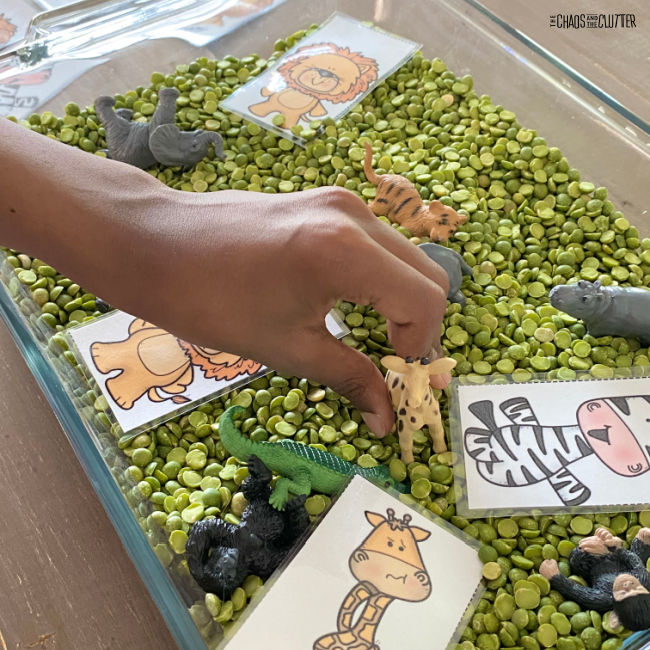
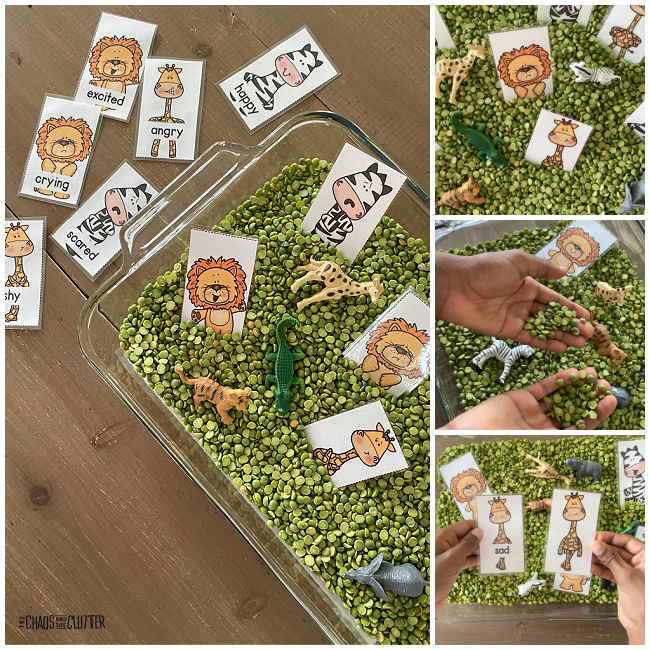
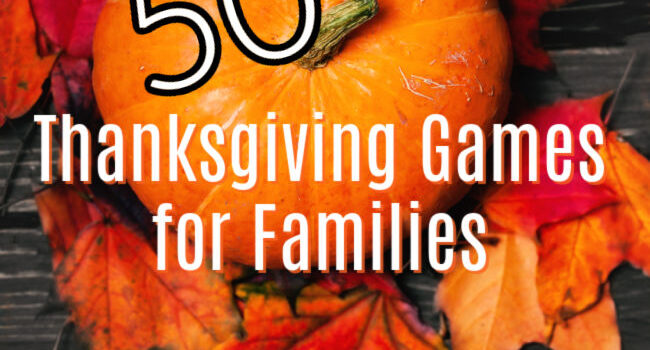
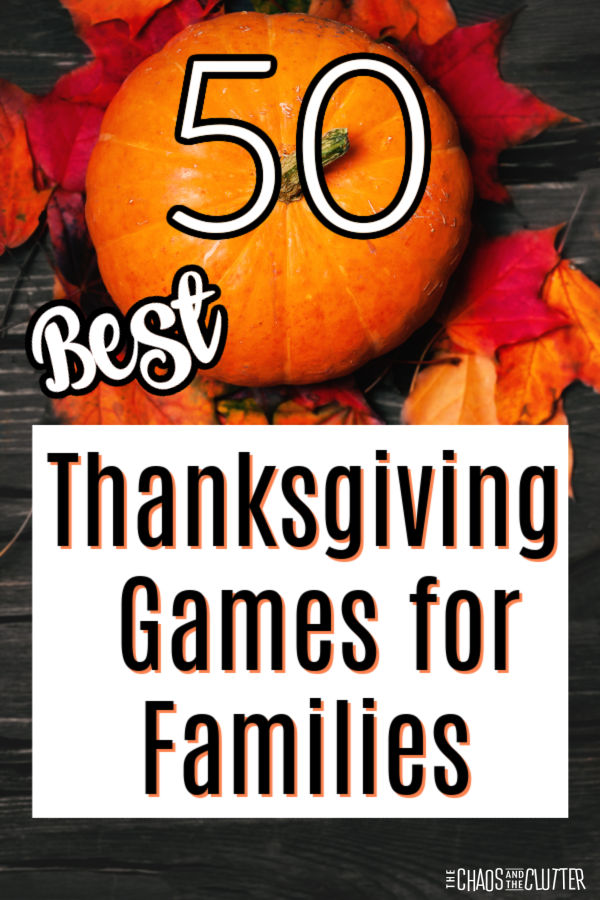 Somewhere between the Macy’s Thanksgiving Day parade and the football game, choose some of these games to create new family traditions and memories that will last until next year’s festivities.
Somewhere between the Macy’s Thanksgiving Day parade and the football game, choose some of these games to create new family traditions and memories that will last until next year’s festivities.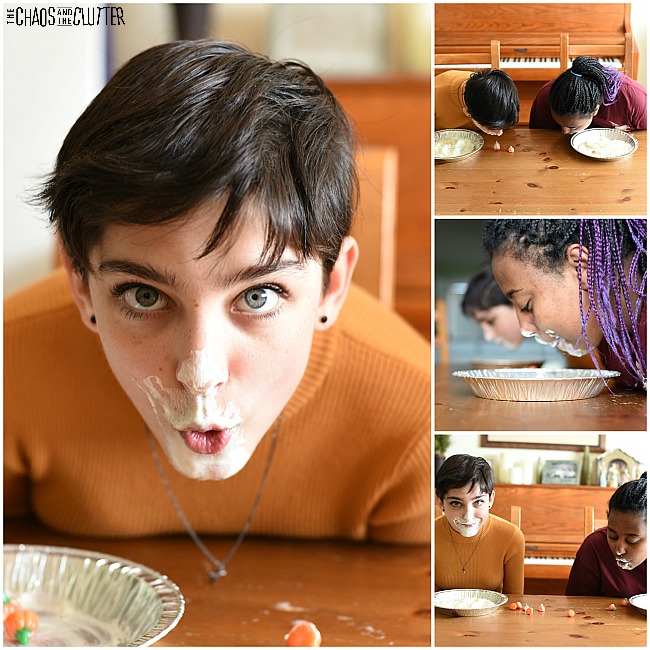
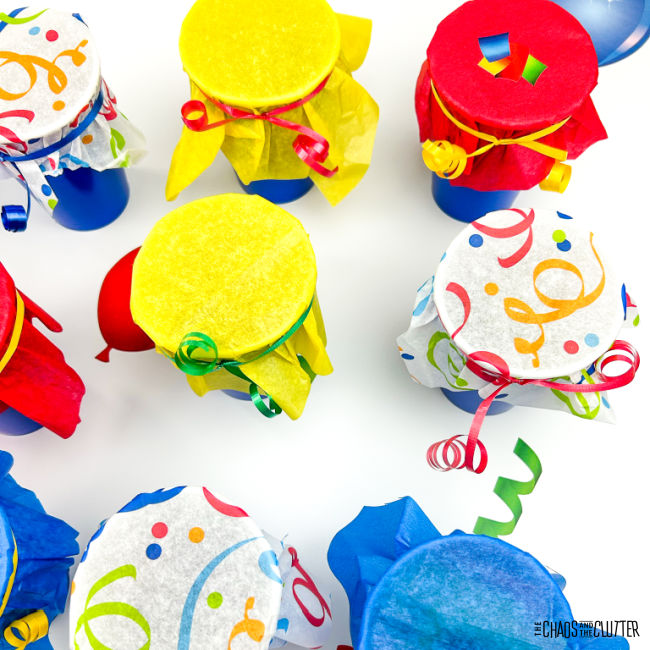
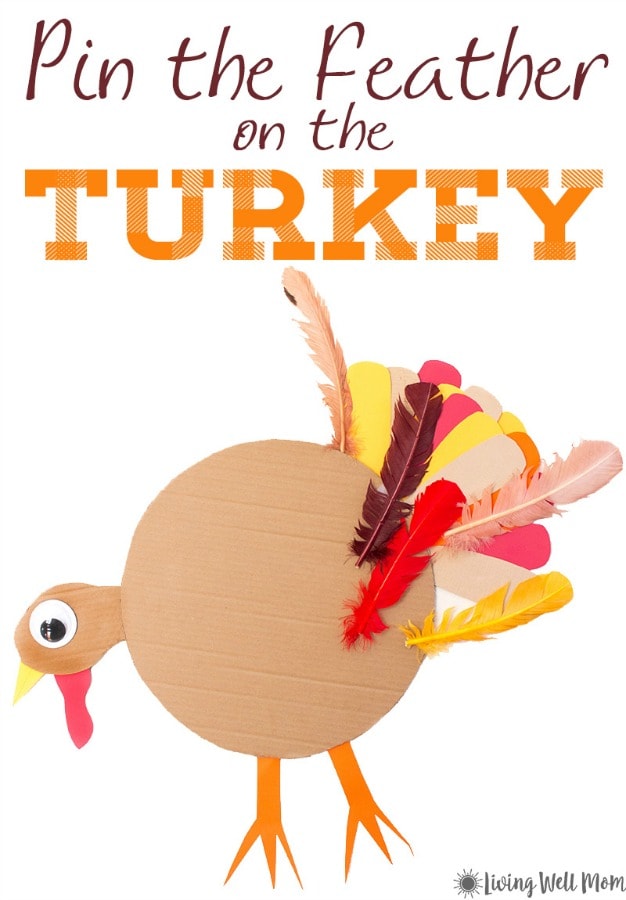
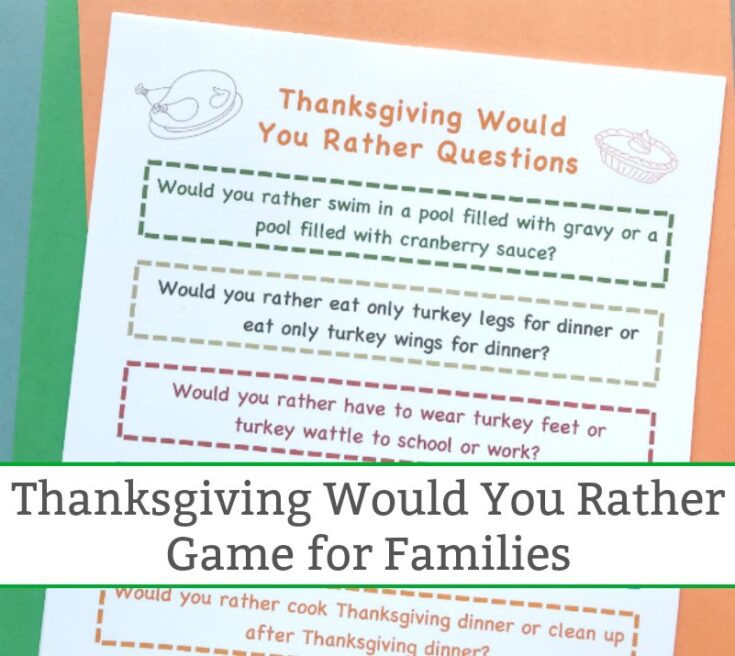

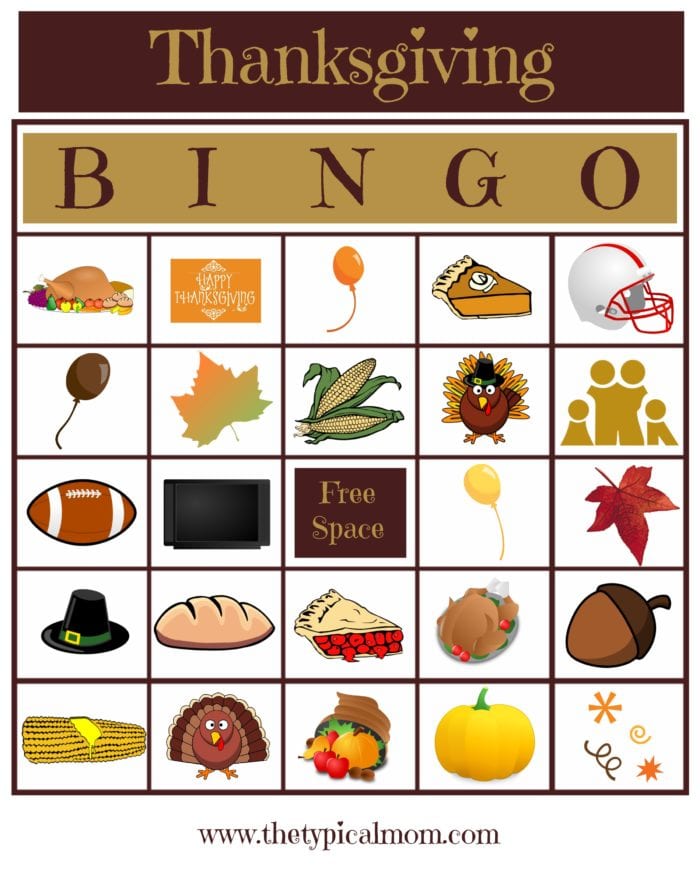

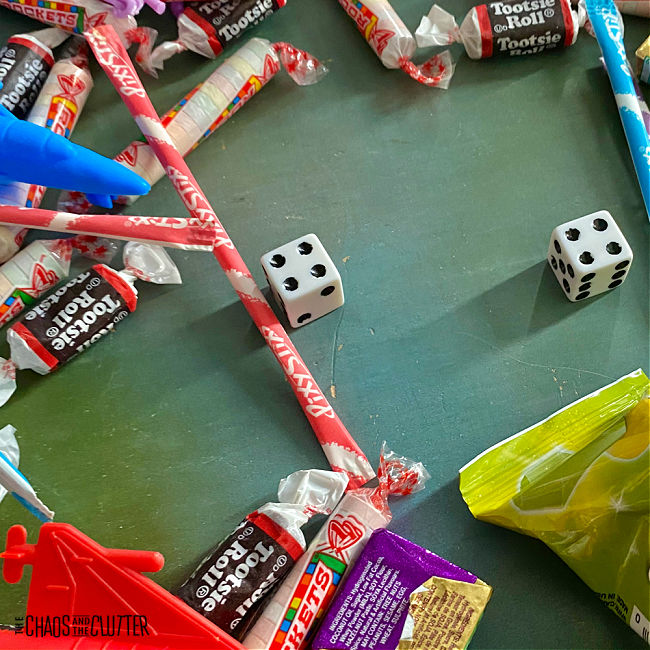

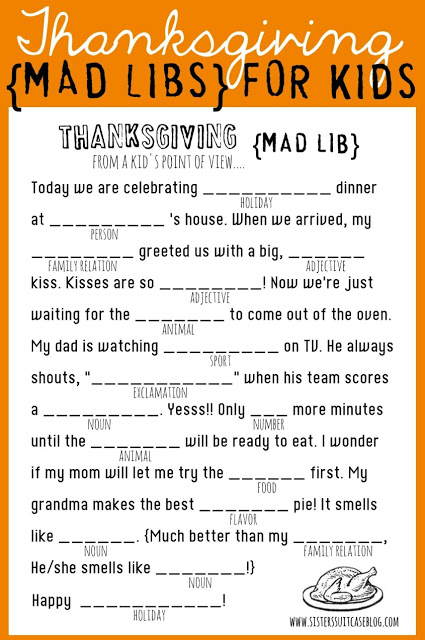
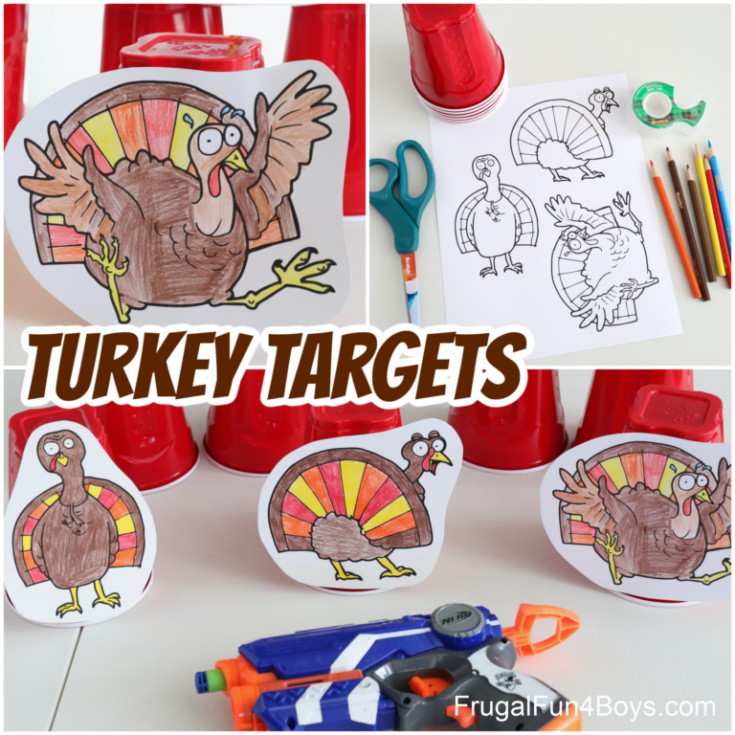
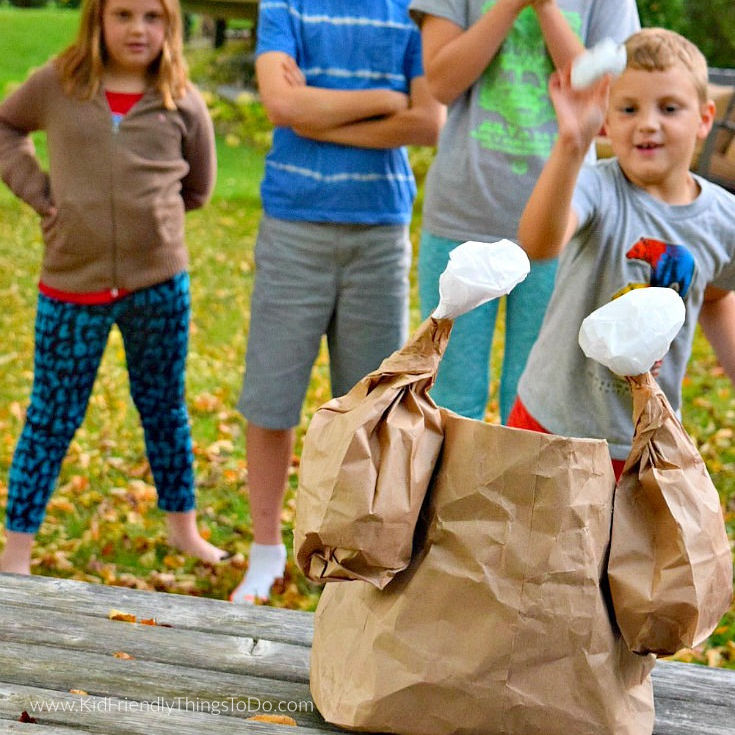
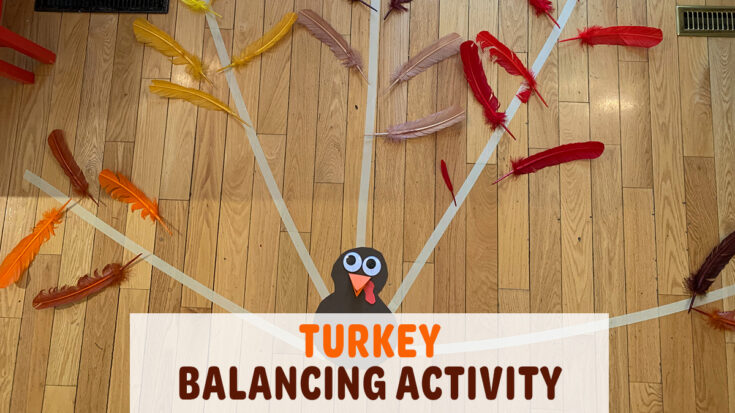
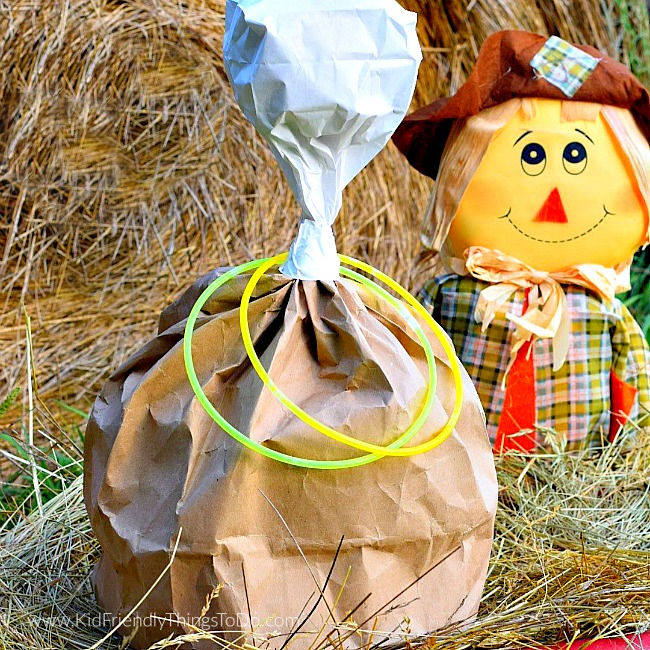

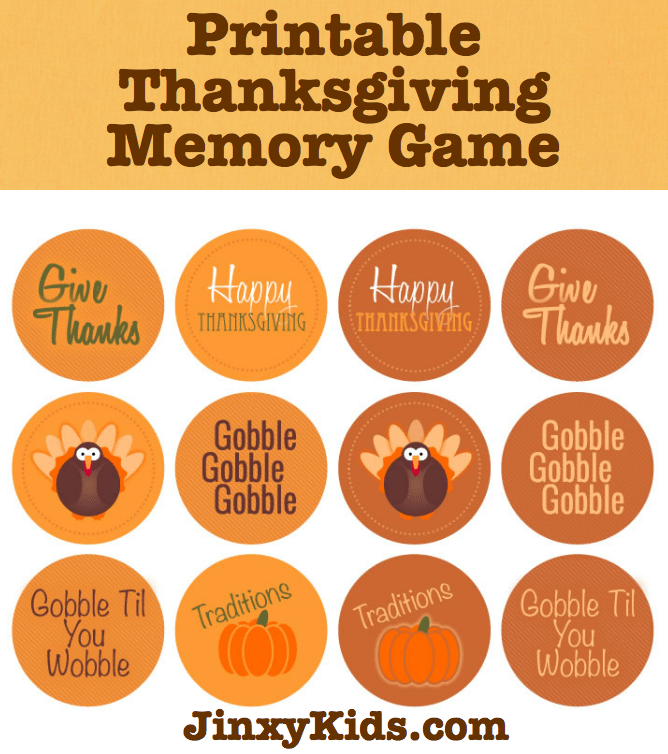
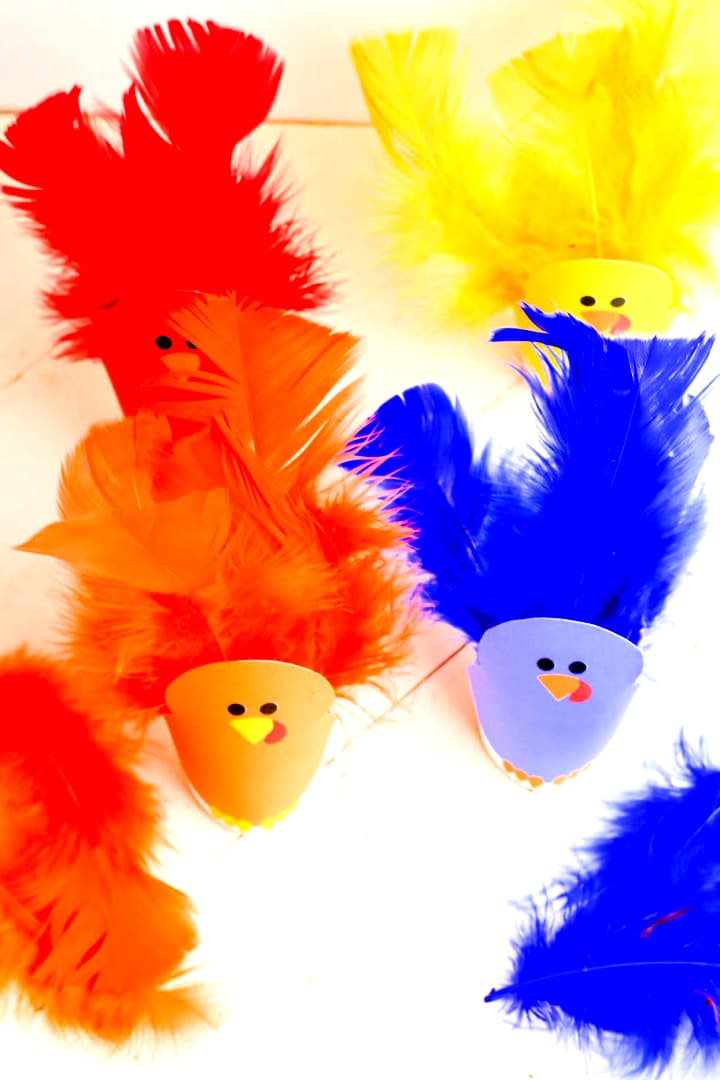

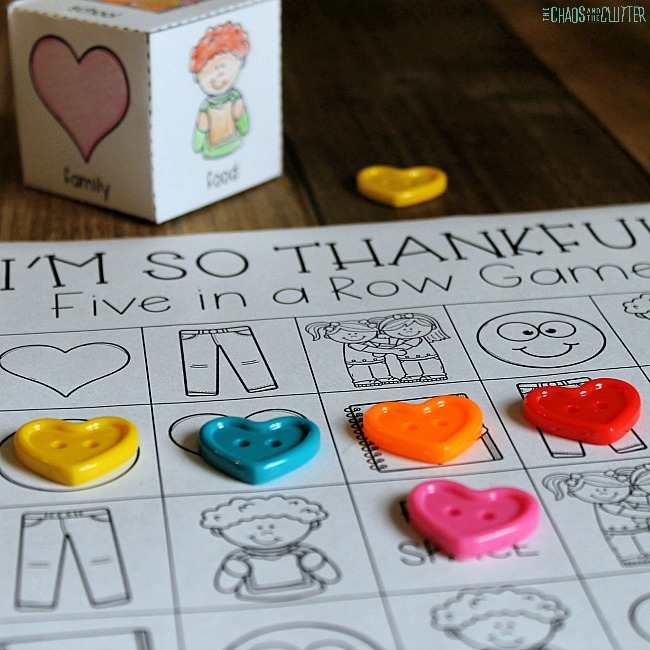
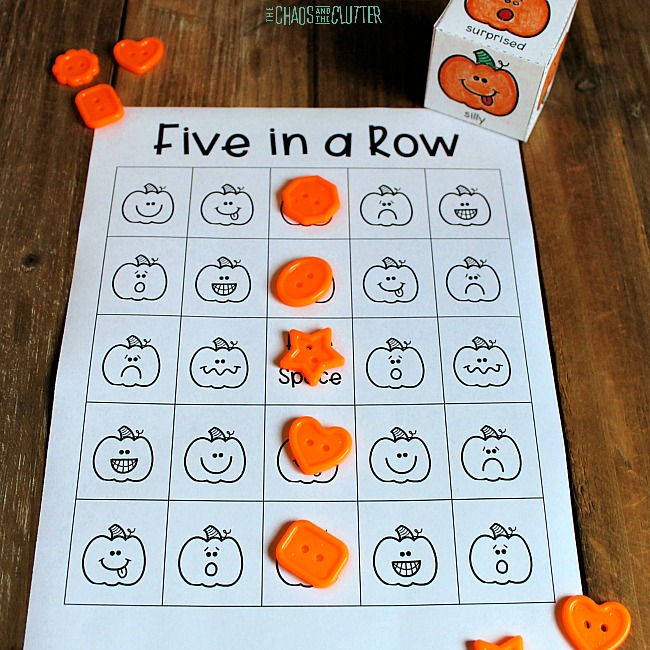
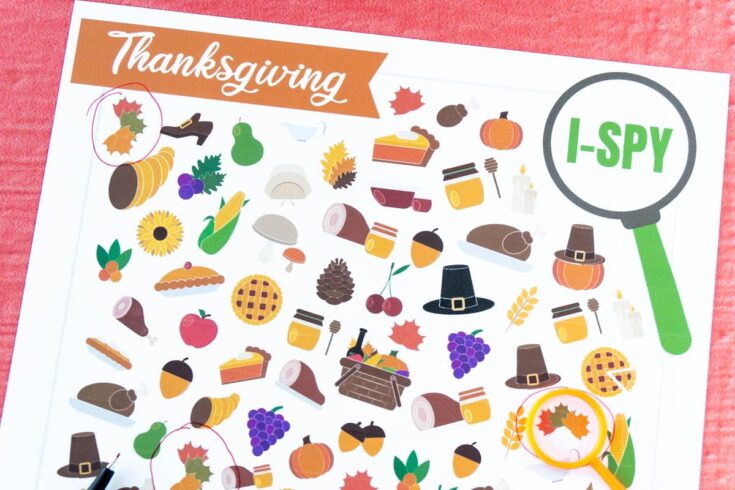
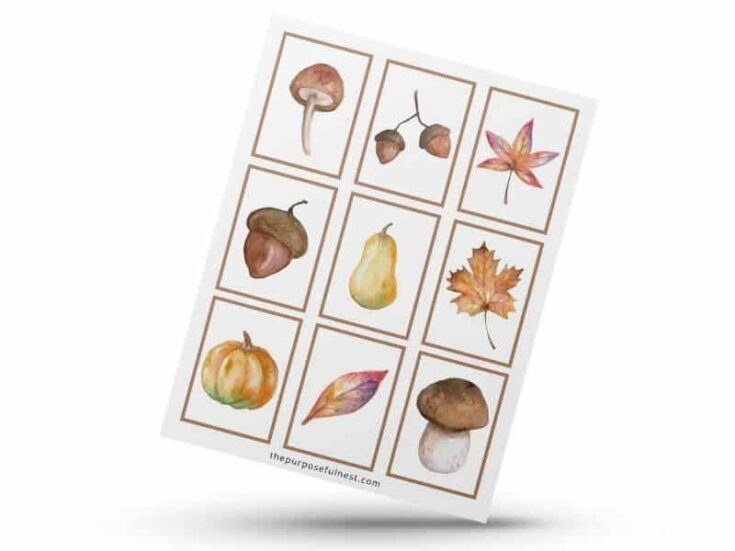
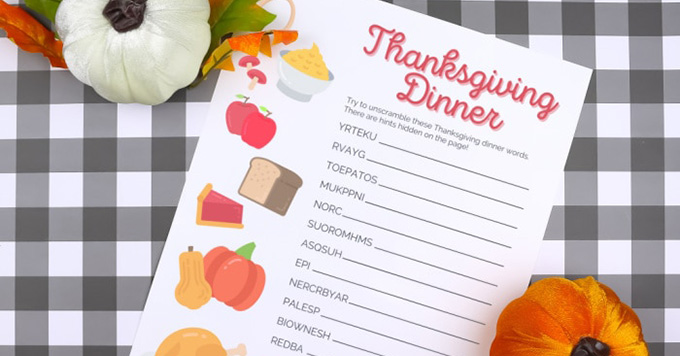
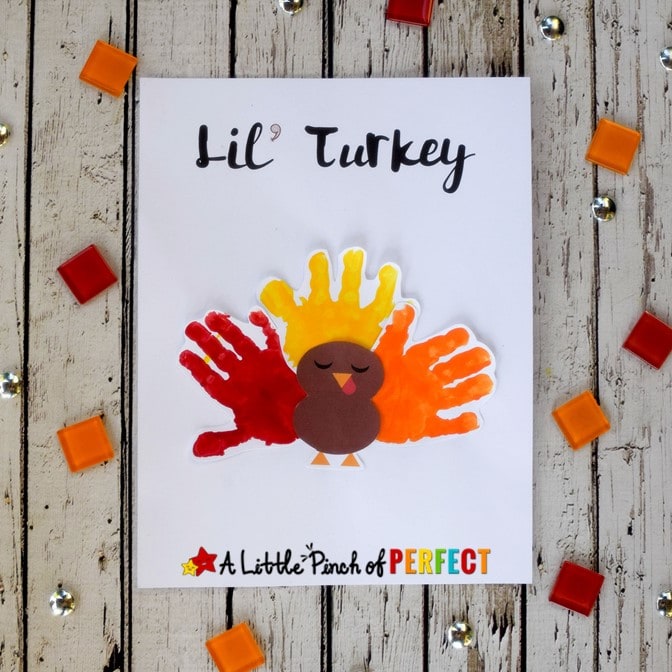
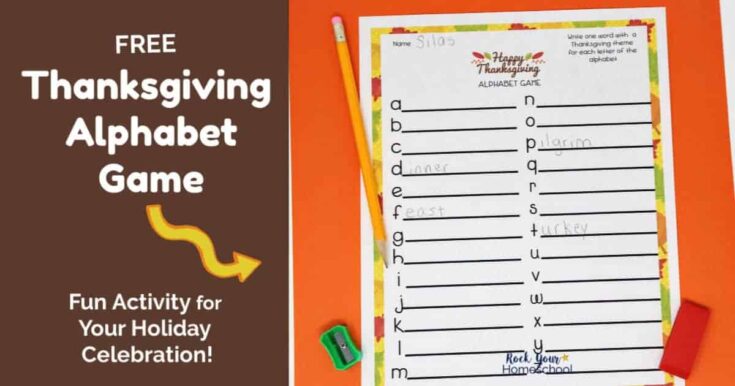
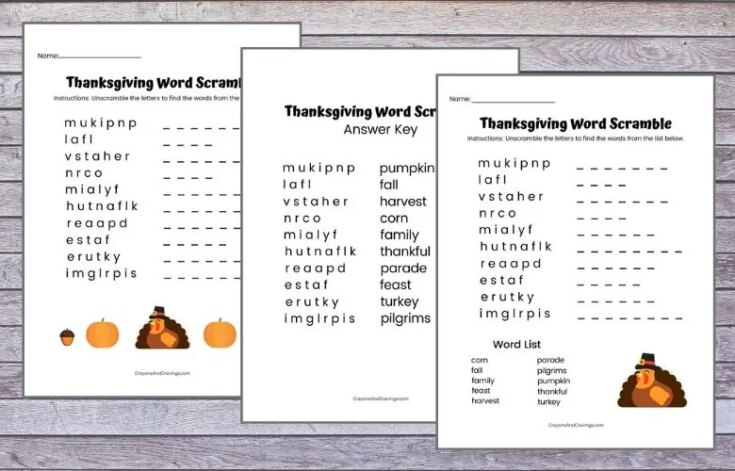
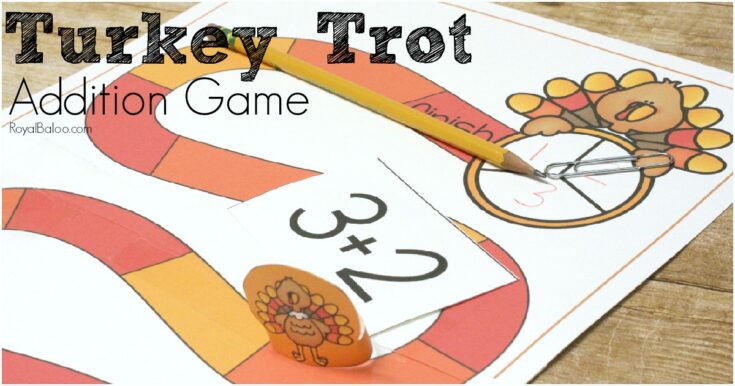

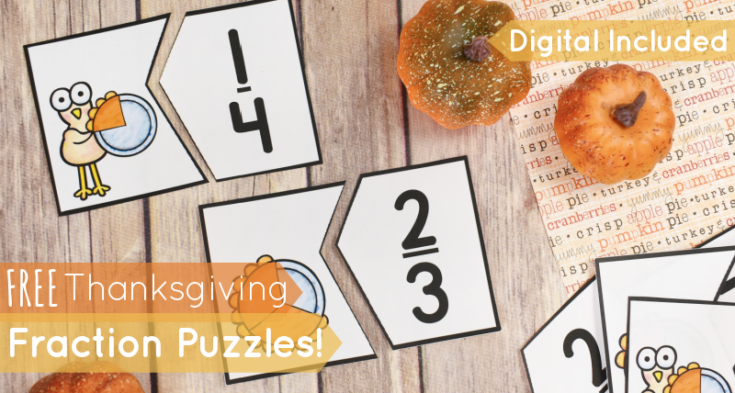
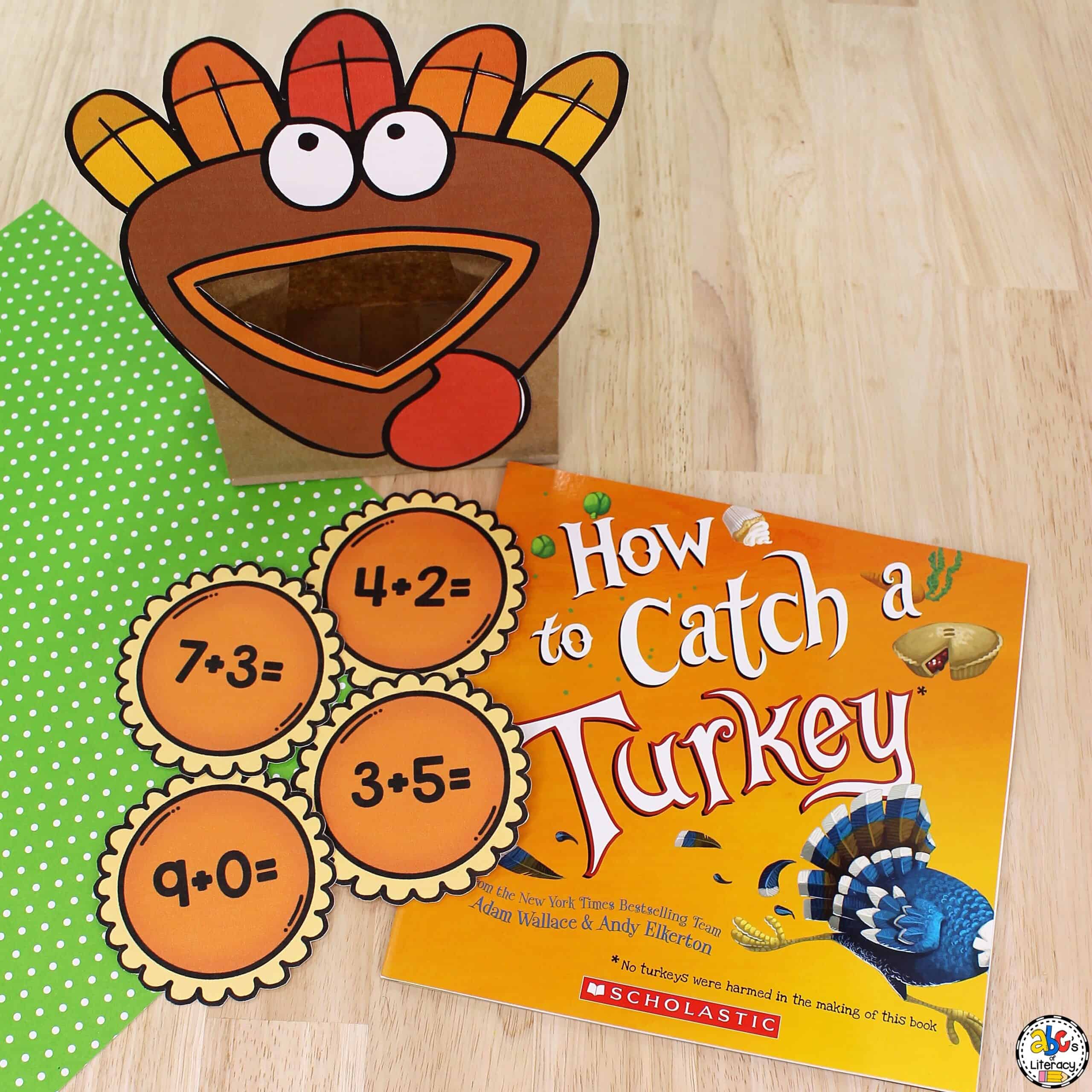
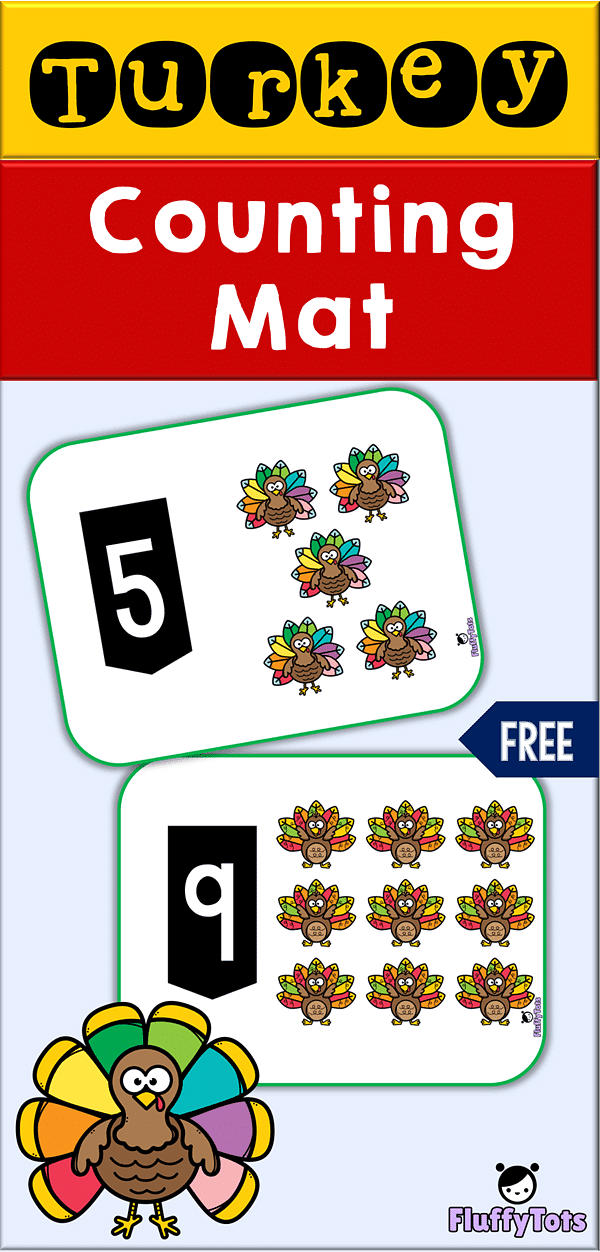
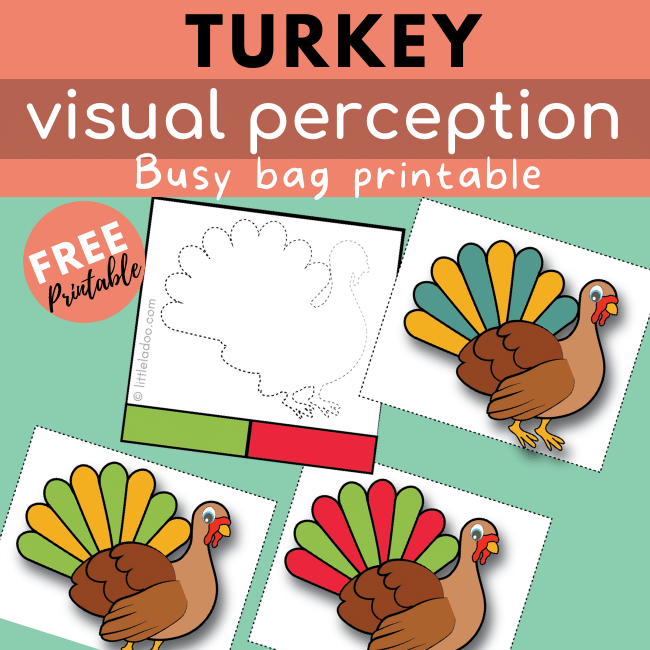
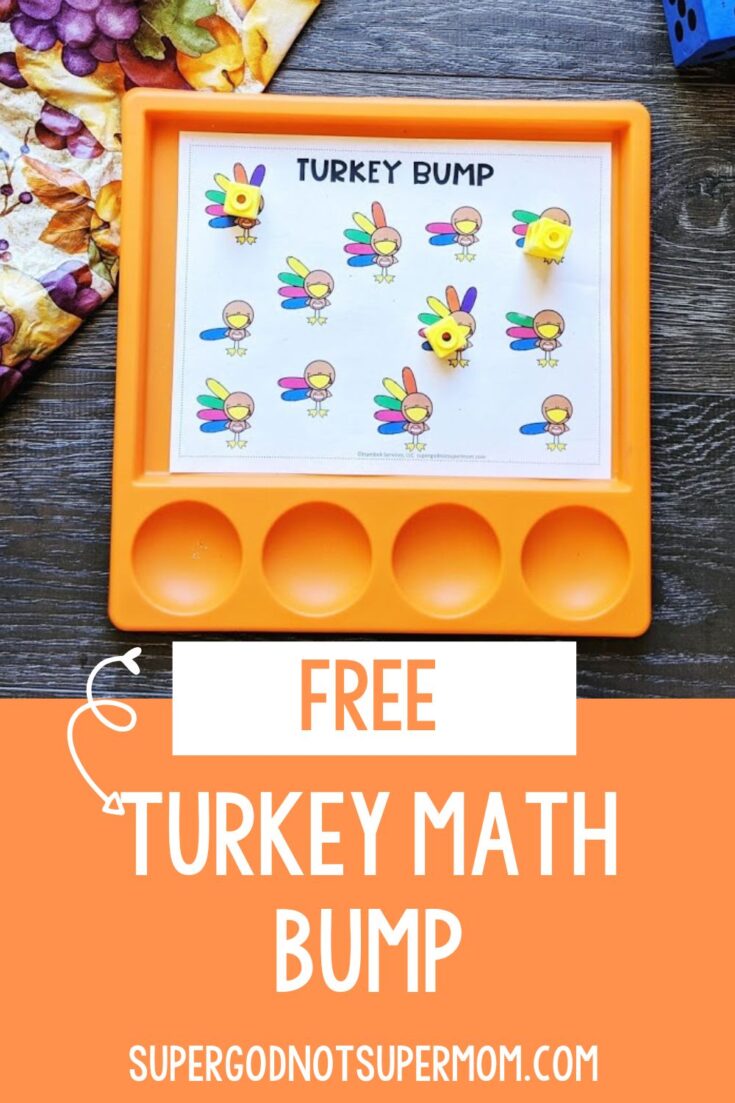
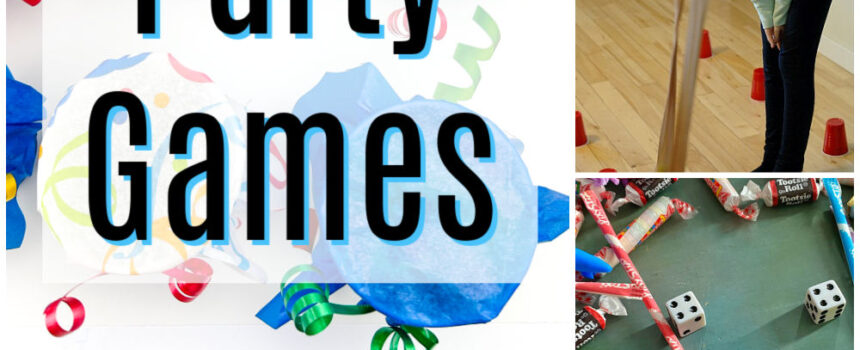
 Party games can be easily adapted to account for the crowd and theme or holiday. They provide opportunity for team building, laughter, and creating memories. Some of these games take little to no time to set up and all are inexpensive and easy to plan.
Party games can be easily adapted to account for the crowd and theme or holiday. They provide opportunity for team building, laughter, and creating memories. Some of these games take little to no time to set up and all are inexpensive and easy to plan.